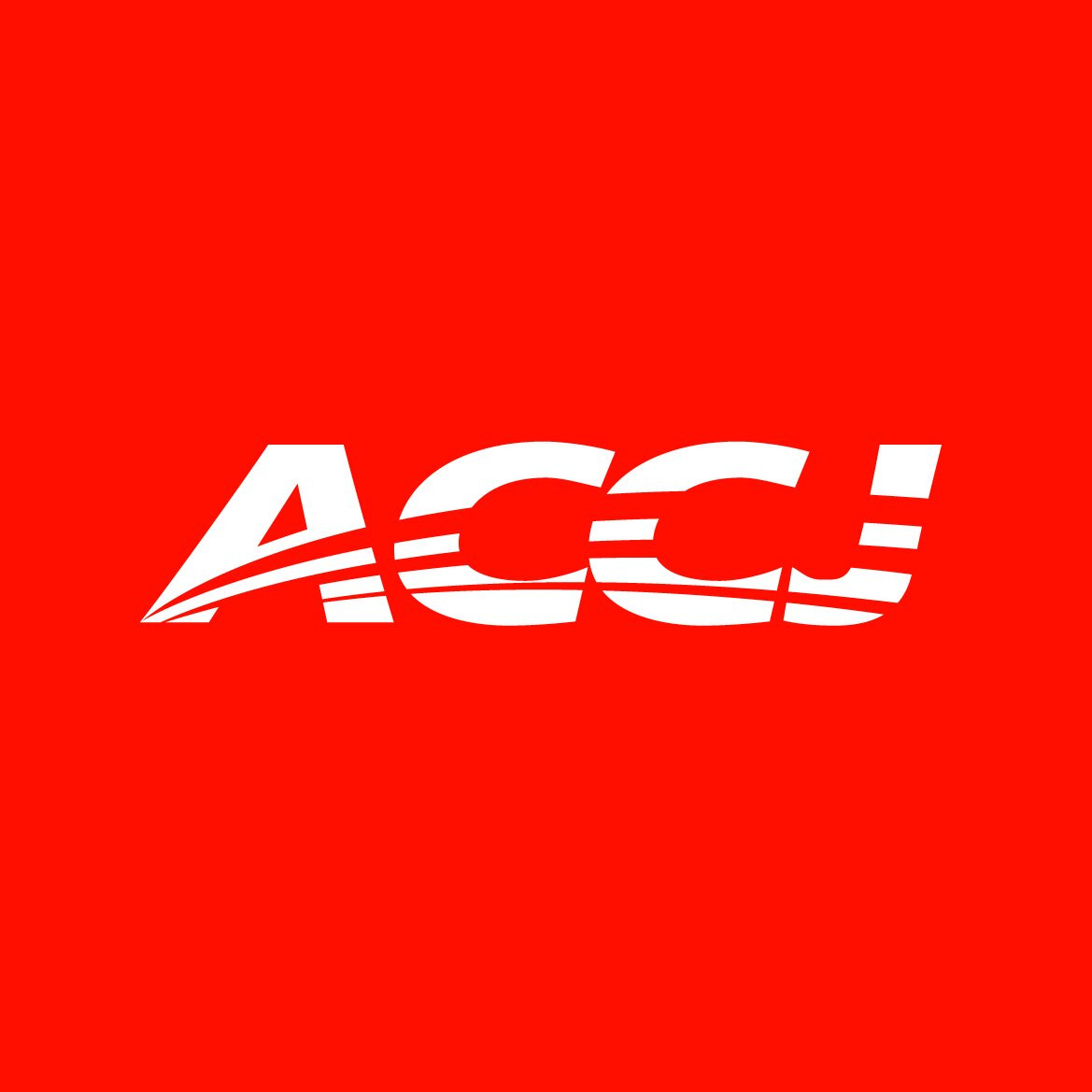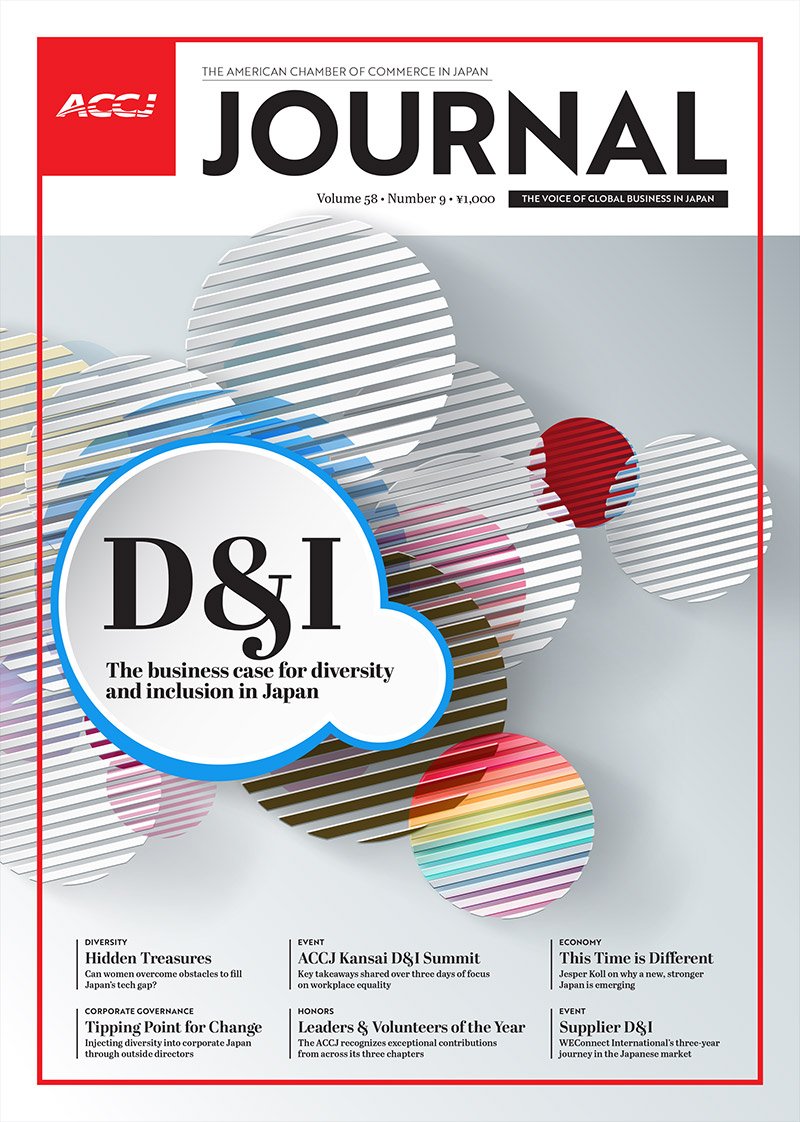Tipping Point for Change
Injecting diversity into corporate Japan through outside directors
By Julian Ryall
Over the past decade, Japan has gone from less than one percent of directors at Japanese companies being female to about 10 percent at many of the larger organizations. And while that figure represents progress, it is by far an inferior diversity-and-inclusion (D&I) performance than typically can be seen at companies in the United States, Europe, and other parts of the world. Some of the largest corporations in France, for example, have boards on which women account for 45 percent of the directors.
How Japanese companies might be encouraged to overcome their apparent reluctance to welcome women into their boardrooms was the topic of a November 15 virtual event, entitled Injecting Diversity through Outside Directors. It was hosted by the American Chamber of Commerce in Japan Women in Business Committee and moderated by corporate governance consultancy Third Arrow Strategies LLC founder Tracy Gopal. The discussion drew on the experience and insight of three women who are committed to bringing change to Japan:
Jin Montesano, executive officer and chief people officer at LIXIL
Jenifer Rogers, ACCJ president and general counsel for Asia at Asurion
Kaori Sasaki, founder and chief executive officer of ewoman, Inc.
In her introduction, Gopal pointed out that women are an increasingly critical part of Japan’s workforce and are needed in boardrooms to help ensure the long-term stability of the national economy. Having women on corporate boards also encourages other female employees to make sure that their voices are represented. It also helps attract the best and brightest.
At present, Japan’s corporate code merely suggests that company boards be balanced in their composition, including in terms of gender. However, this request of sorts cannot sufficiently move the needle when men have deep roots in the corporate culture. Thus women such as Montesano, Rogers, and Sasaki have “a responsibility to be the great change-makers,” Gopal said.
Relative Progress
The change that has been witnessed in Japanese boardrooms might be considered quite rapid when one takes into consideration many corporations’ reluctance to evolve. But it looks poor in comparison with other parts of the world that have really “accelerated their game,” Rogers noted.
Her experiences on the boards of Kawasaki Heavy Industries, Ltd., Mitsui & Co., Ltd., and Nissan Motor Co., Ltd. have reinforced the importance of the task, and her presence is important on several levels. Female staff have approached her and expressed gratitude that she is changing the company by altering the face of the board. Simultaneously, major investors are keen to see diversity on a board and a willingness to accept non-traditional voices.
Beyond the boardroom, another area of evolution that can be seen is in a company’s internal dynamics.
“We know that diversity is a driver of innovation,” Rogers said. “I personally feel that it’s my duty to speak up and share my views, because that is why I have been chosen to join a board as an outside director. And what I’ve found at organizations on whose boards I serve is that, whereas I used to be the first to ask a question or to share my viewpoint, now I can’t get a word in edgewise.”
Rogers said that what she really likes is how this change has created synergy with top management. “There are more obligations on external directors around sustainability, the codification of the corporate governance code, talking about diversity, and other issues at the board level.”
When that takes root, Rogers noted, it can trigger a cascade of change that runs down to every corner of the organization.
“I really think that, when female directors have a lot of confidence and are good communicators, they can truly be agents of change within the board dynamic.”
Yet, too often, a single minority voice on a board is not sufficient to bring about change.
Being the only woman is a difficult position in which to be, Rogers admitted. “What you must do is learn how to have influence and make an impact. For me, that means making friends with the other external directors, which allows me to have a much broader voice.”
One board on which she serves now has three female directors. This, she said, has resulted in a significant change.
“It has altered the dynamic, and we have now hit that magic number which shows there has been a general shift in the organization: it is committed to diversity,” she explained. “If you have three women, then you have enough representation to make a difference. Each woman feels comfortable with that level of diversity.”
Sustaining Change
For Montesano, three key components must be in place to make D&I a truly sustainable endeavor:
A corporate culture that is genuinely more inclusive
Credible and authentic leadership
D&I-focused human resource policies and practices
She agreed with Rogers’ point about reaching a tipping point of minorities on a board, something that LIXIL has been keen to attain.
“Our D&I commitment was to achieve 50/50 gender equity on our board by 2030, and we are already at 30 percent,” she said. “At present, the board has three women. And while one might be [seen as] a quota to make women feel better, three normalizes the situation. Then you’re no longer having a conversation about gender; you’re actually having real conversations as a diverse board. And from there, you go from strength to strength.”
Immediately after being appointed LIXIL’s chief people officer, Montesano said she spent a lot of time examining data and conducting her own research to determine D&I best practices, as well as to tailor a strategy best suited to LIXIL. Her seat on the LIXIL board also enables her to act as a strong bridge between the board’s direction and the company’s D&I strategy.
“What I found is that you must focus on the I, or inclusion, not on diversity,” she said. “If inclusion is the goal, then diversity is the natural outcome.” This, she noted makes real D&I change much more sustainable.
That determination has enabled LIXIL to formulate the hypothesis that drives its D&I agenda. The company crafted its approach by asking questions such as:
How can an inclusive culture be created?
How can managers demonstrate more empathy?
How can people best be trained to practice inclusive behaviors?
How can leadership embrace the actions needed to be genuinely inclusive?
How can a company eliminate bias from policies, processes, and practices?
A key LIXIL initiative during the coronavirus pandemic has been to maximize flexibility in the workplace for women.
Of course, working from home—something that has been critical during the pandemic—was one element of this, but the company has also stepped up its self- and family-care policies. For example, 10 days have been added to maternity leave, and the entitlement has been made more flexible; an employee can now take the time off in half-day or even hourly increments.
Montesano also called for more women to take the plunge and actively seek promotion to serve on corporate boards. She said that she knows there are women ready to make their voice heard, because she meets them all the time.
“The number might seem small but, in absolute terms, it’s a pretty healthy size,” she explained. “For women who are considering it, I think it is really about putting your hand up to sit on this or that statutory entity internally, then joining outside non-profit boards, which are always looking for talented people.”
Montesano believes this can really accelerate things. “In my own company, my CEO is supportive of me sitting on an outside board. While many other companies may not have considered encouraging it, I hope they will. It would accelerate D&I across Japan and add more gender diversity to boards.”
Growing Curiosity
For ewoman founder Sasaki, there has been visible change in the 35 years since she started her first company, Unicul International. Over the past 26 years, Sasaki’s International Conference for Women in Business has been a catalyst for this change and is widely recognized as spearheading the D&I movement in Japan.
“Compared with 30 years ago, more women are in executive or leadership positions and, at the conference, they like to learn more about diversity, global issues, and how to climb the corporate ladder,” she explained.
Sasaki, who has been serving as an outside board member of corporations for 13 years—and currently sits on the boards of four companies—created the female board-member network called The Board. She noted that most companies continue to believe that they are diverse if they just reach a set number of female employees.
“Diversity is not just a gender issue; diversity of thought is very important for a company’s growth. We need to bring a new angle, a new direction of ideas into boardrooms.”
She added that the public, as well as ESG investors, are asking which companies are performing well on D&I. Such information often influences their investment decisions. But the current rankings only utilize the data which companies to choose to make public, so they don’t accurately reflect the true D&I culture at these companies.
To remedy this situation, and to help companies determine the status of their own D&I efforts compared with their peers, Sasaki’s ewoman assembled a group of international experts to design the Diversity Index (DI). The DI measures the diversity of an organization by combining the numerical data with the attitudes and perceptions of every employee and executive through an online survey and exam. It not only reveals the true state of D&I in a company, it identifies training opportunities and serves as a recruiting tool.
Buying In
All three women concluded that the outlook is positive for women in senior positions and also, more broadly, for D&I at Japanese corporations.
Rogers summed it up: “The reality is that, for all companies in Japan, there is demographic pressure. It’s the external competitive market that is driving the use of that pool of talented women in Japan who are highly talented but, at present, underutilized.
“I believe that CEOs and CFOs are now really buying into it,” she added. “They can see how diversity can transform their organization and allow people to really bring their best self to work. The leaders have targets, are measuring, and are increasing disclosure. It really is an articulated priority.”
Jin Montesano
Executive officer and
chief people officer
LIXIL
Jenifer Rogers
General counsel for Asia
Asurion
ACCJ president
Kaori Sasaki
Founder and CEO
ewoman, Inc.
Tracy Gopal
Founder and CEO
Third Arrow Strategies LLC
THE ACCJ JOURNAL
Vol. 58 Issue 9
A flagship publication of The American Chamber of Commerce in Japan (ACCJ), The ACCJ Journal is a business magazine with a 58-year history.
Christopher Bryan Jones,
Publisher and editor-in-chief
Advertising & Content Partnerships







